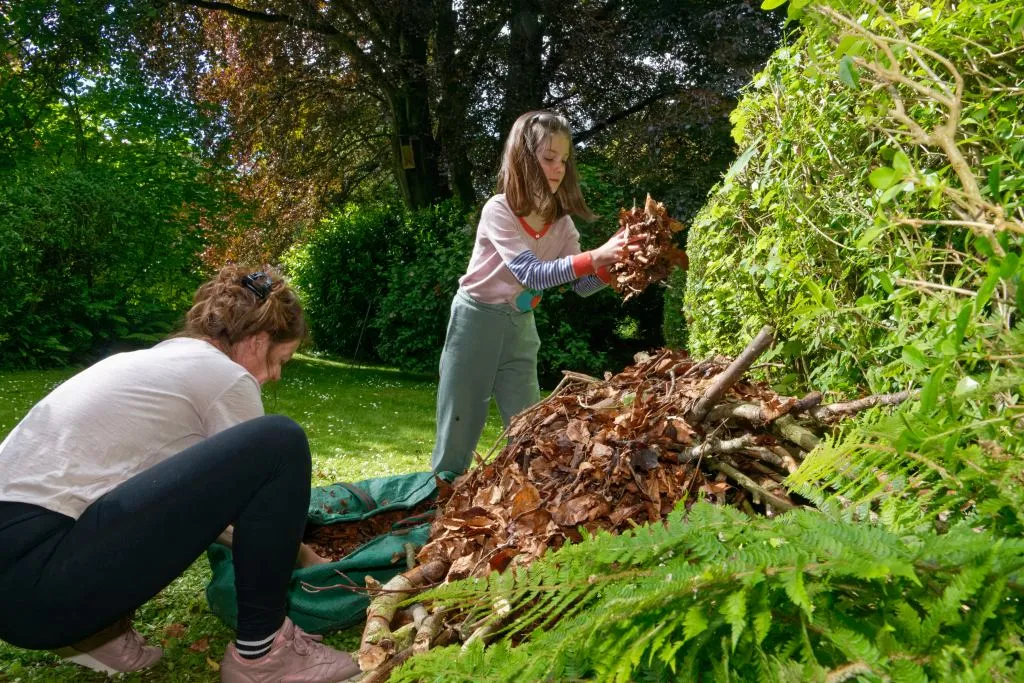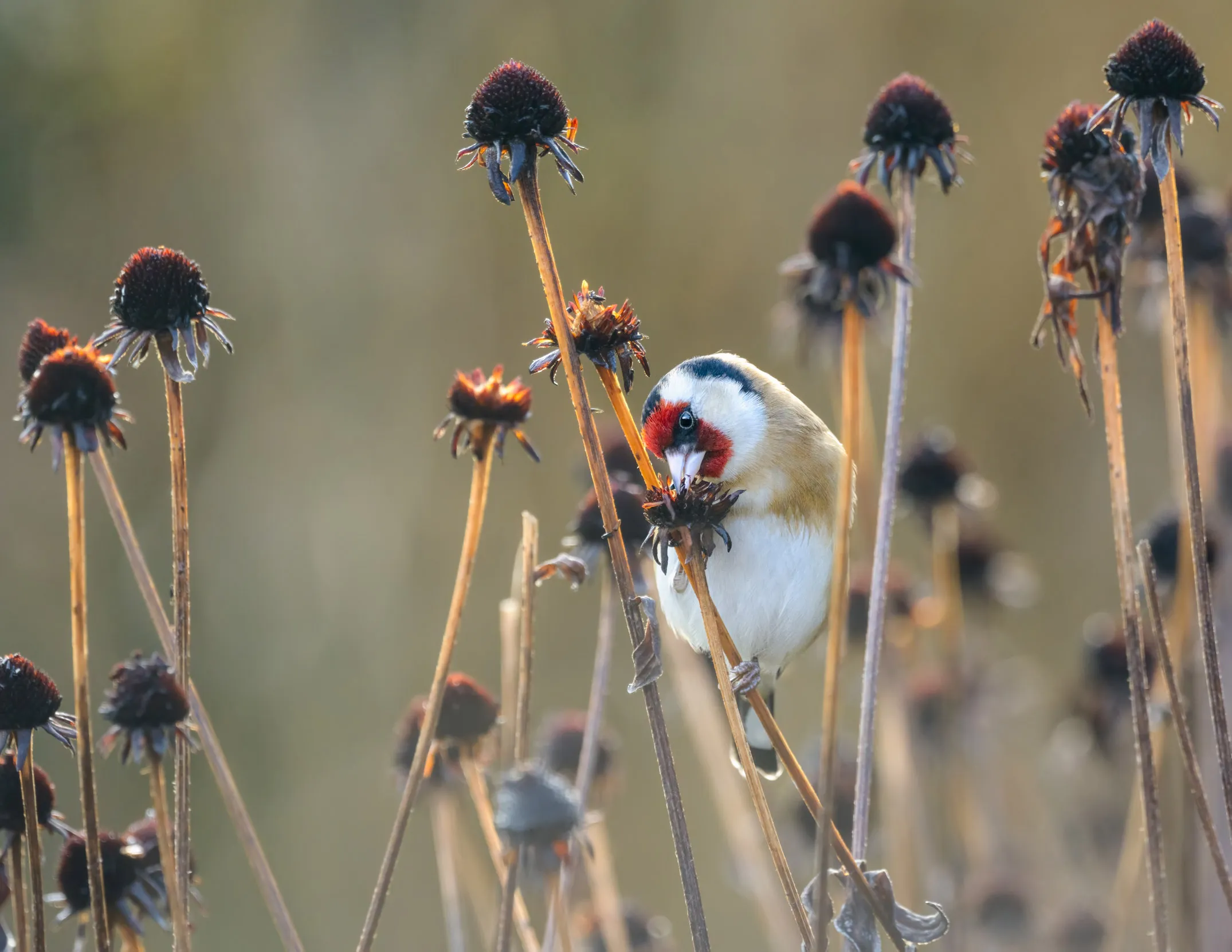What to do for nature this winter
The winter months can be a challenge for local wildlife – and us! We’re in the coldest part of the year. Although our usual gardening jobs will be on hold for the moment, there are still things we can do to help nature in our outdoor space.

On this page
Create a wildflower meadow
If you’d like to attract more pollinating insects, such as vital bees, then why not plant a mini wildflower meadow or other wildlife-friendly flowers? You’ll be rewarded with the sight of colourful wildflowers and butterflies in summer, accompanied by the beautiful hum of bees. They can work in any space. If you’ve got a balcony or windowsill, you could sow the seeds in a pot, or a window box, and if you’ve got more room, try planting a patch in your garden. Choose a wildflower seed mix with Birds-foot Trefoil, Common Sorrel, Field Scabious, Hoary Plantain, Common Knapweed, Ox-eye Daisy, Yarrow, and a range of wild grasses. They’ll do best in an area with plenty of sun.
Do nothing
Sometimes, the best advice is also the simplest – to do nothing. Leaving dead plant material on the ground will protect the soil from frost, and keep moisture at the roots of your trees and shrubs. Leaf piles also create great habitat for hibernating insects, which are great for birds, too.
Rake leaves off lawns, and sweep them under bushes and trees. Many creatures hide in leaf litter, and it gives birds food throughout the winter too.
If you encouraged wildflowers last summer, you don’t need to tidy it all up immediately. Old stems, and seed heads, can attract a variety of birds, such as Goldfinches, Sparrows, Siskins, and Blue Tits. But if you’ve got the urge to make things a bit neater, you can cut the stems and bunch them up into a dry bouquet, and hang on a branch, or fence. Birds will enjoy the seeds (and anything else living in the stems).
Pile it up
Dead and decaying wood are anything but dead! They’re a crucial element of any wildlife-friendly garden. Leave dead trees and shrubs to decompose naturally over time, and you’ll find that insects and fungi will quickly move in.
You can use larger branches and tree clippings to make a log pile, and create an inviting home for insects, small mammals, and birds. Robins and Blackbirds may even decide to nest there come the spring.

Get planting
Whilst we’re on the subject of trees, there’s still time to get planting before spring arrives. Look for bare-rooted plants (the ones not in pots) – they’re widely available at this time of year. Planting in this dormant season gives them plenty of time to establish before spring.
Holly can provide shelter from winter weather, as well as natural places to nest in the spring.
If you have the space, Rowan is an excellent choice for winter thrushes with its autumn berries, Hazel will keep Nuthatches happy, and Goat Willow and Birch support a number of tasty invertebrates for young birds, including Robins, Great Tits and Blue Tits and Wrens.
Shrubs like Blackthorn, Hawthorn, Spindle and Guelder Rose have both wonderful autumn berries, and blossom for pollinators in early spring.




